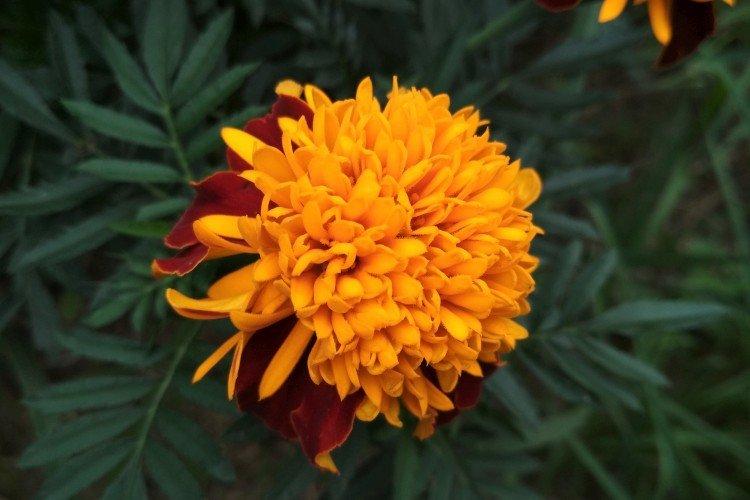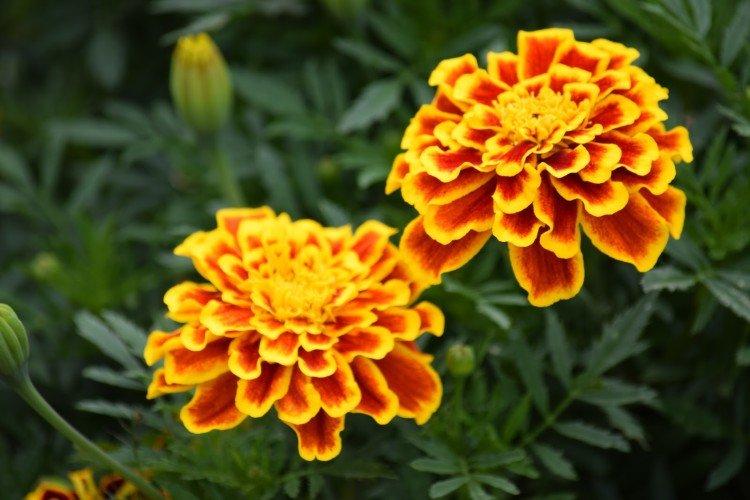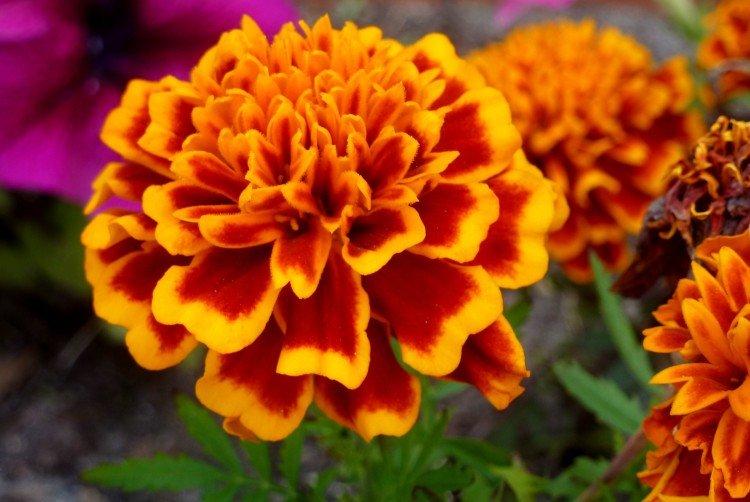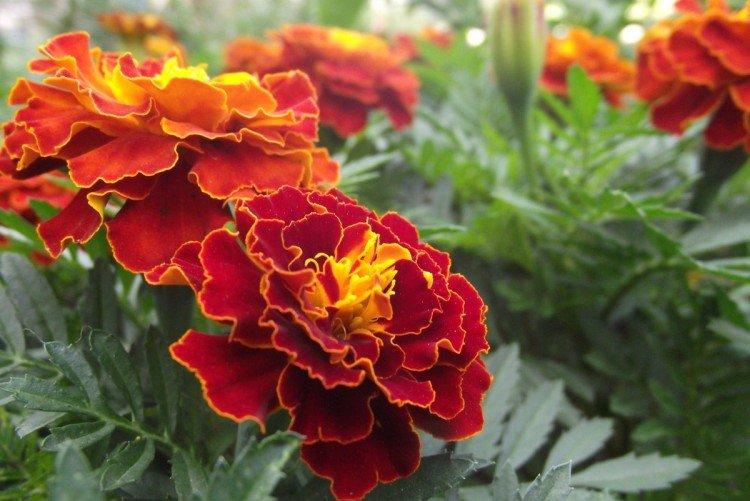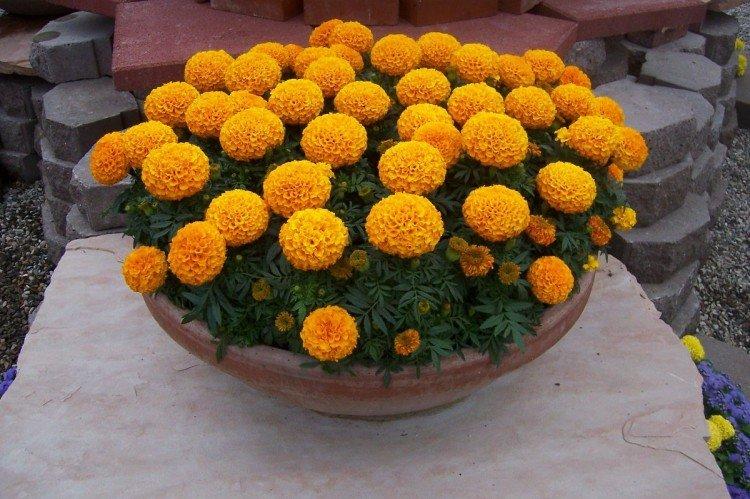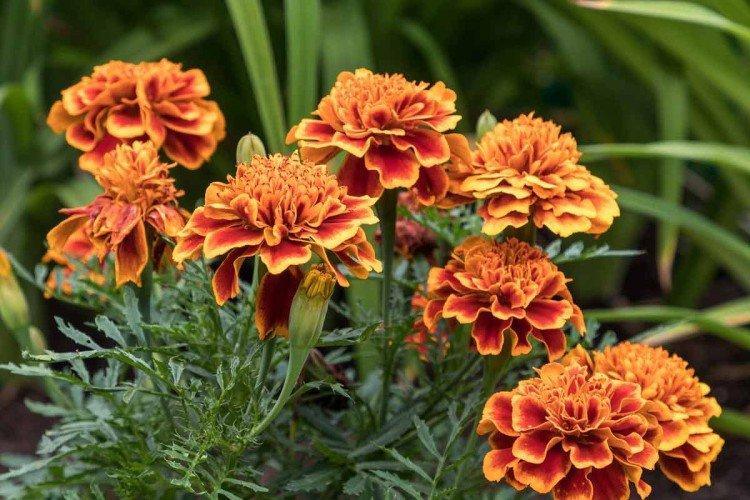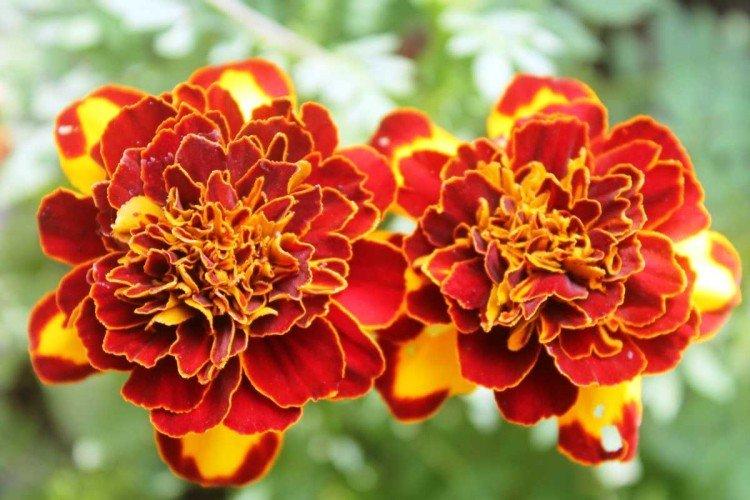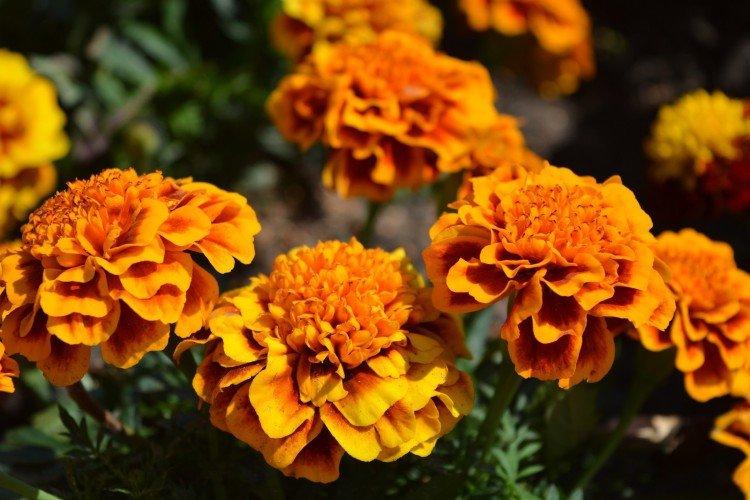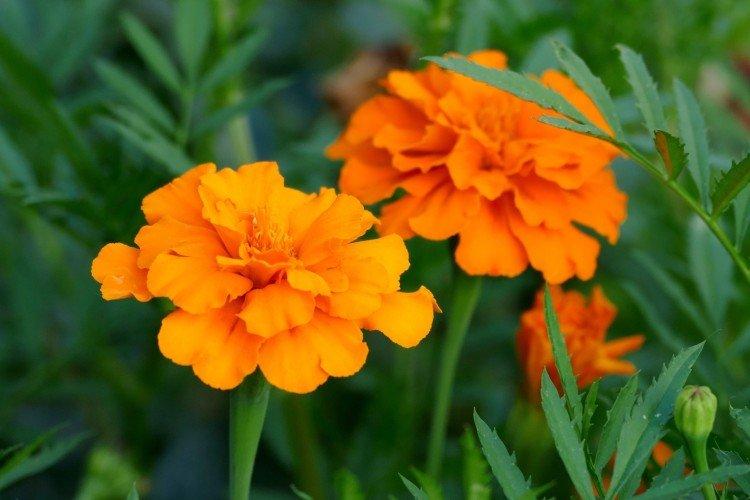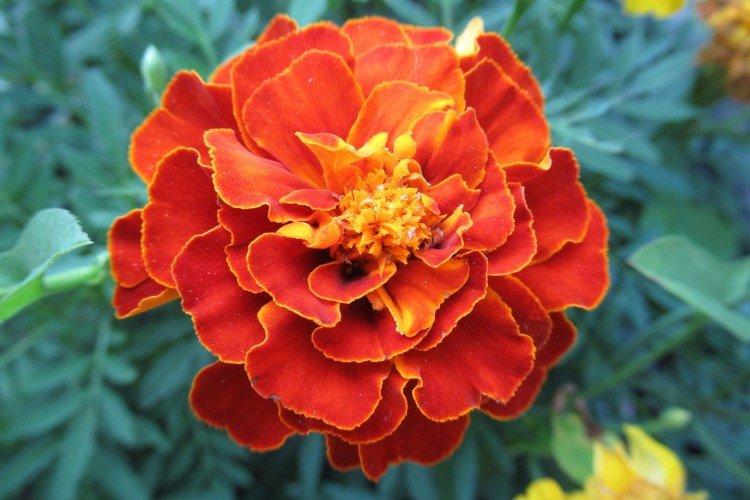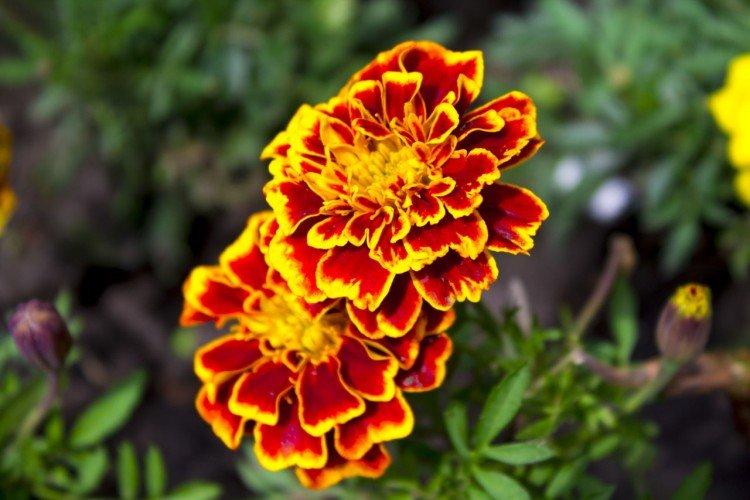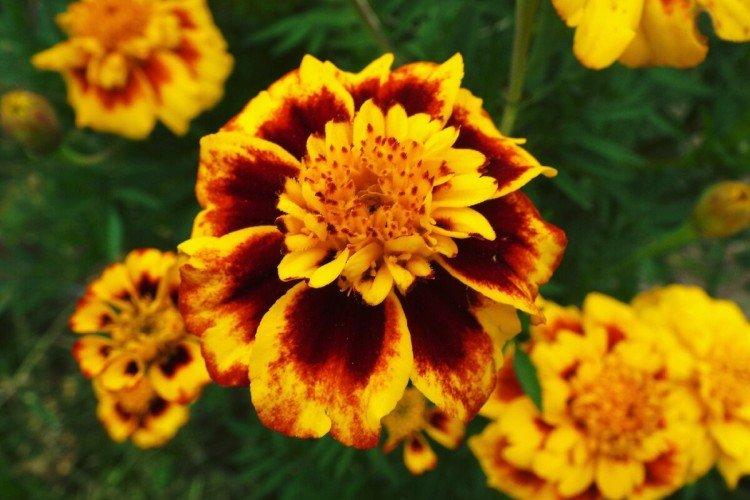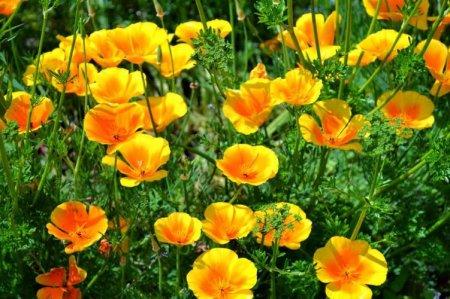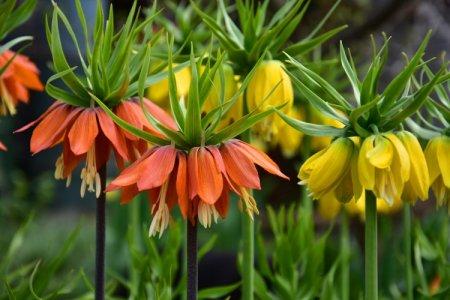
It is difficult to find a person who does not know what marigolds look like. Indeed, during the flowering season, literally all yards, flower beds and borders in cities and beyond are dotted with them. But what else do you know about these vibrant colors? We have already figured out what they are and how to care for them!
general information
Oddly enough, marigolds belong to asters, although few people compare these flowers. They were insanely popular even in ancient times, when bright flowers were used in rituals or to treat diseases. Depending on the variety, marigolds begin to bloom in the first half of summer and continue until frost.
Marigolds have straight but branched stems that form a true bush. Moreover, this bush is not always miniature, and some varieties grow up to 1-1.5 m. They have feathery dissected leaves of all shades of green and voluminous flower baskets from yellow to red and brown.
Marigold seeds are almost impossible to spoil. They germinate in any conditions, remain viable for up to 4 years, and reproduce very abundantly by self-seeding.

Types of marigolds
Marigolds are cultivated all over the world, so the number of existing varieties and species is not at all surprising. Let's talk about the most common ones!
Erect marigolds
They are also called African. These are the same tall varieties from 1 m and above, although there are also very small ones. The diameter of the spherical inflorescences is also appropriate - up to 15 cm. Basically, these are yellow varieties.

Rejected marigolds
And this group is called French. They are more compact and form a beautiful spherical bush up to 50 cm in diameter. The inflorescence baskets are rather bowl-shaped, with a voluminous center.

Dwarf marigolds
These are the most compact bushes up to 30-40 cm for flower beds and borders. They can be grown in pots in apartments, but then they grow a little smaller.

Thin-leaved marigolds
It is a small-flowered Mexican species with tiny, simple yellow or orange inflorescences. They are collected in multi-level shields, which look even more spectacular together with thin openwork leaves.
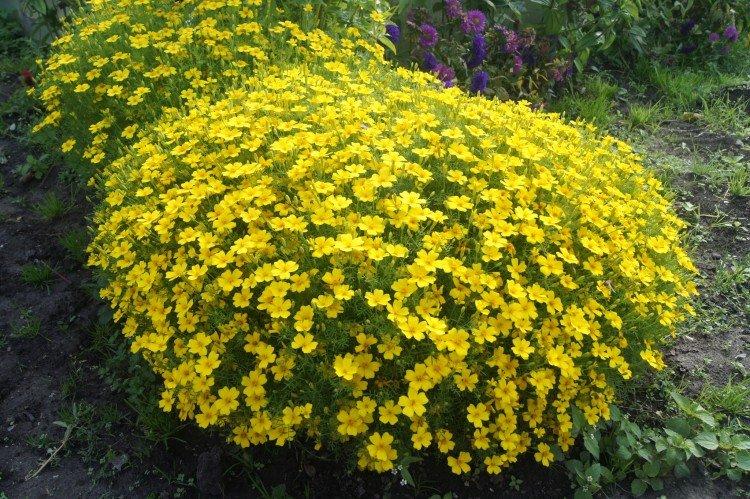
Tall marigolds
Some of the most impressive varieties up to 1.5 m tall can be categorized into this separate category. They are great for decorating fences or planting along the house, and also for multi-level compositions.

Marigold care
Marigolds are so not demanding that you can practically forget about leaving. It is enough to regularly check whether all the plants are healthy and weed the flower bed.
Temperature
Marigolds cannot stand the cold, and this is almost the only thing they dislike. But if you plant seedlings in a timely manner, when all the frosts have definitely passed, there will be no problems.

Lighting
Marigolds feel good in the shade. But if you are striving to achieve the most lush and lush flowering, choose a well-lit sunny area.
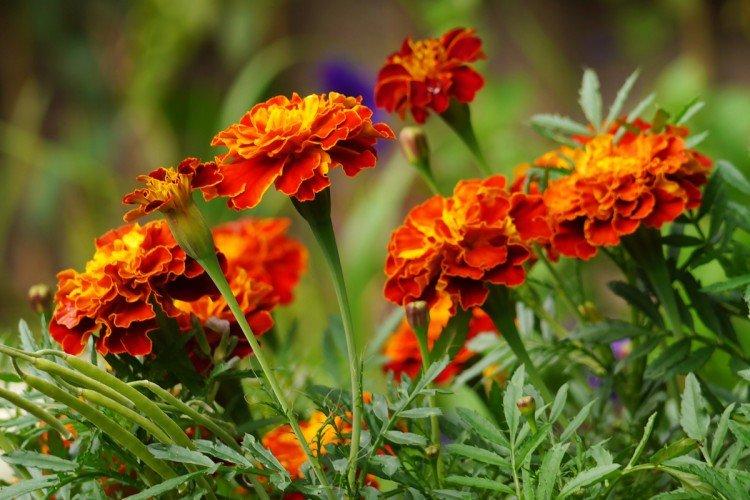
Watering
Marigolds do not need too intensive watering, and when the bushes have already grown and grown stronger, it can be reduced additionally. Because it is stagnation of moisture that is the main enemy of your flower bed, and the earth under a thick carpet of marigolds dries out for a long time.

The soil
The soil can be almost anything, but it must be very loose and breathable. Even strong marigolds with good immunity do not tolerate heavy soil well.

Fertilizers and feeding
Marigolds do not need mandatory feeding, but they are sensitive to it and grow even more intensively. It is imperative to apply fertilizer a couple of times per season, it is advised only in poor soil. Use complex mixtures and not before the seedlings finally take root and grow at least 10 cm.
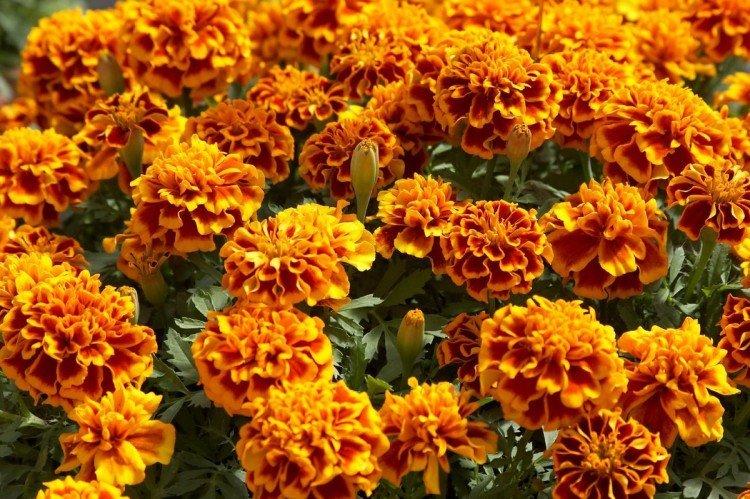
Pruning
Marigolds do not need pruning, but they can easily tolerate it, so you can safely form neat bushes.Also, always remove dead buds and trim the thickest areas.

Smell
Marigolds have a rather pungent and strong smell. Whether you like it or not is a matter of personal preference, but be sure to keep this in mind. But there is also a plus: natural plant phytoncides protect well from diseases or fungus marigolds and the coming plantings.
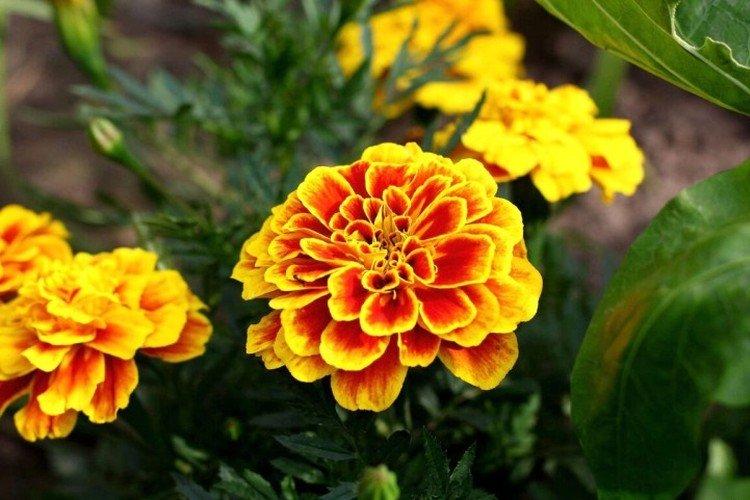
Planting and breeding
Marigolds simply propagate by seeds and do not cause trouble in the process. And you can even get them from your own flower bed - just let a few buds dry and form a box.
The seeds can be sown directly into the ground or germinated first. To germinate, place them on a plate, cover with a damp cloth and tighten with plastic wrap. Leave this whole structure warm for 3-4 days.
For growing in open ground, you will have to wait until the frosts finally pass. But the planting plant can be planted even in early spring. Prepare loose soil, make small grooves at a distance of about 1.5 cm, spread the seeds in them, lightly dust and fields.
After a week, the first shoots will appear in the warmth, and the container can be moved closer to the light. To transplant, wait until the end of the frost and the formation of at least 3 leaves on each seedling. The distance depends on the size of a particular variety - from 20 to 40 cm.

Pest and disease control
The most common marigold disease is black leg, which causes the stem to die off at the base. It cannot be stopped, so diseased plants must be destroyed by the roots. And for prevention, even before planting, treat the seeds and soil with fungicides.
Root rot often occurs in mature plants, and the bush begins to fade. Alas, the situation is the same - sick flowers must be destroyed. And for prevention, choose loose soil, do not allow water to stagnate and weed the weeds regularly.
In dry, hot weather, a spider mite may appear, which covers the plant with a bloom. It is easy to fight with it with insecticides, infusions of aromatic herbs and just regular spraying, because it does not like moisture. Ticks are also deterred by the smell of petunias and tansy.
Thrips love to eat buds and are very difficult to spot. Aphids eat almost everything in their path. Caterpillars, slugs and snails eat leaves. In all cases, insecticides work. Large pests such as snails and slugs must first be removed mechanically.
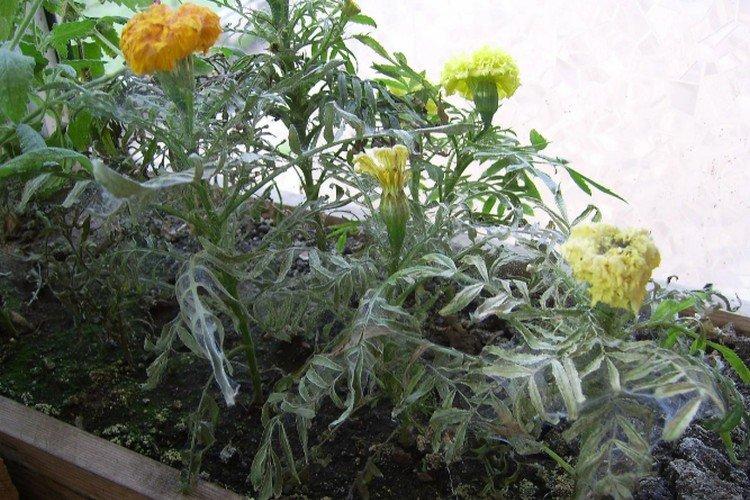
Marigolds - photo
It only seems that the marigolds have become boring and familiar for a long time. Even they can be amazingly varied. Look!

